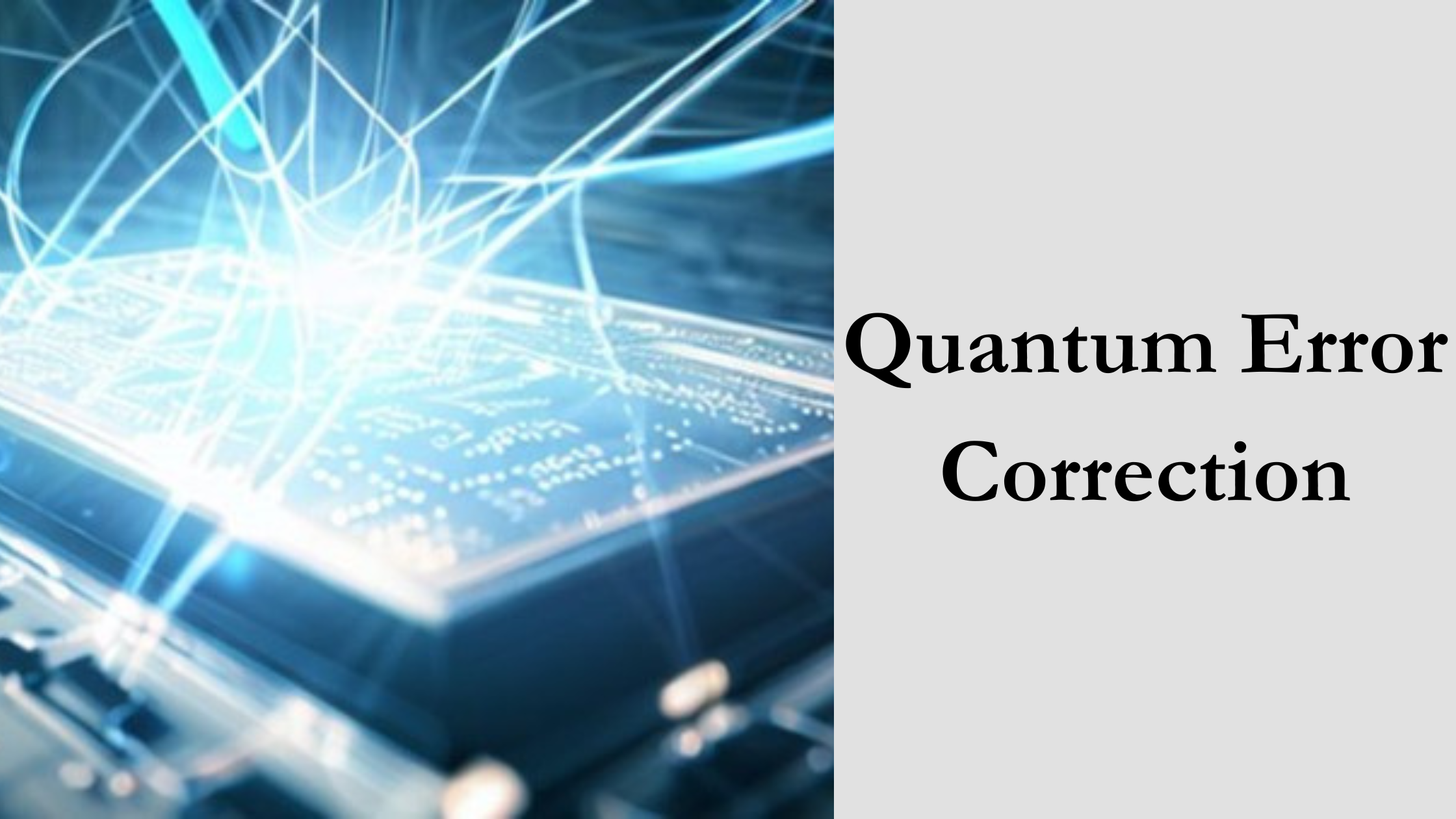Quantum Error Correction
The first stage in making Quantum Error Correction computers feasible is to do error correction.The group made use of an autonomous correction system that can choose the most effective way to apply the required modifications.
Physical Review Letters has published the article, titled “Approximate Autonomous Quantum Error Correction with Reinforcement Learning.”
Quantum Computer Characteristics
The basic values of 0 and 1 are the only ones that bits in traditional computers can accept. In contrast, qubits, the building blocks of quantum computers, may take on any superposition of the computational base states.
Quantum entanglement, which joins several qubits in ways that go beyond conventional techniques, is another aspect of quantum mechanics.
Quantum entanglement, when combined with qubits, enables quantum computers to carry out whole new tasks. This opens the door to possible benefits in several computing tasks, including cryptography, optimisation issues, and large-scale searches.
Challenges In Implementing Quantum Computers
The fragility of quantum superpositions is the major obstacle to the practical use of quantum computing.
For instance, the existence of an environment that causes mistakes that shatter quantum superpositions might cause minute disturbances. As a result, quantum computers start to lag behind.
Using Error Correction to Overcome Quantum Difficulties
Complex techniques for quantum error correction have been developed to meet this difficulty.
Although in principle they should be able to reduce the impact of mistakes, they frequently come with a complicated technology. This has the potential to enhance the exposure to mistakes because it is error-prone in and of itself.
Error repair has remained elusive as a result.
Using Machine Learning To Fix Quantum Errors
The team’s quest for quantum error correction techniques that minimize device overhead while preserving strong error-correcting performance employed machine learning.
They concentrated on a self-contained method of quantum error correction. In this method, the requirement for performing regular error-detecting measurements is replaced by a well built simulated environment.
The study group also examined bosonic qubit encodings. Some of the most advanced and widely used quantum computers based on superconducting circuits have these accessible.
A challenging optimisation challenge is to find viable solutions in the wide space of bosonic qubit encoding. Reinforcement learning, an advanced machine learning technique, was used to solve this. In reinforcement learning, an agent explores a potentially abstract environment in order to learn about and improve its action strategy.
As a result, the researchers found that a straightforward qubit encoding surpassed its rivals in terms of its capacity to detect and repair mistakes, as well as considerably reduce the complexity of the device compared to other encodings.
Yexiong Zeng, the paper’s first author, said: “Our work not only demonstrates the potential for deploying Machine Learning towards quantum error correction, but it may also bring us a step closer to the successful implementation of quantum error correction in experiments.” The paper was published in Physical Review Letters.
“Machine Learning can play a pivotal role in addressing large-scale quantum computation and optimization challenges,” Franco Nori said in his conclusion. We are now working on several projects that combine machine learning, artificial neural networks, quantum fault tolerance, and error correction.
Read More: The Future of Smart Speed Bump
Read More: High-Performance Concrete Build Business Case Value
